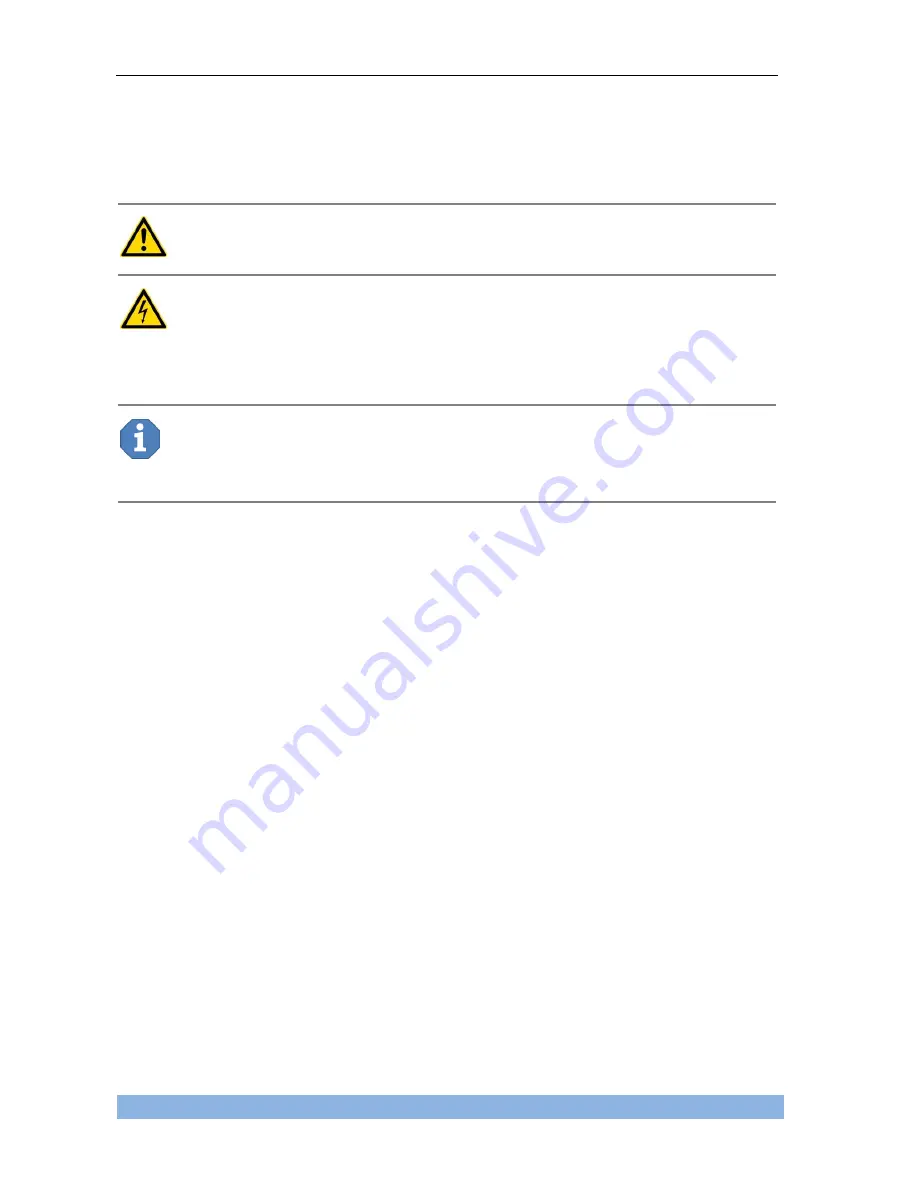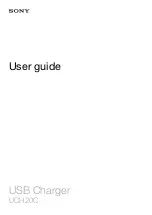
LEAB Automotive -CPC
Page - 24 -
LEAB Automotive GmbH
Annex B
Use of lead-acid batteries
Handling lead-acid batteries can be hazardous. These batteries produce explosive
gases.
If metal tools are used for work on batteries, it is important that the plus and minus
terminals can never be touched at the same time.
A short-circuit through a solid metal tool can lead to the battery exploding. If acid
splashes onto the skin and eyes in particular, rinse the parts affected with clear water
and seek medical advice immediately.
The installation location for batteries must be well ventilated.
Smoking and naked flames are prohibited during work on batteries.
Regular recharging and maintenance will extend the service life.
Battery maintenance
Lead batteries, including ones which are not currently in use, must be recharged and serviced regularly.
This should take place at least once a month during the warm seasons and every three months in the
cold seasons. Older and poorly maintained batteries should be checked every two weeks.
Open batteries
The fluid level in open batteries should be checked, and the acid density measured using an acid siphon.
They must be recharged if necessary.
A clean and dry battery surface will lead to a longer service life. Soiling and any acid marks should be
removed carefully. This can be done using warm water and a soda solution. Then rinse off with clear
water and dry carefully. Make sure that the ventilation caps have been fitted cleanly and correctly.
In addition, the connection terminals must be checked for a tight fit. The terminal screws should always
be tightened.
Make sure that the cell grids are covered with acid. Only distilled water may be used for topping the
battery up. Never use normal drinking water.
Do not fill up with too much water, this would reduce the acid density and thus the battery capacity
(heed manufacturer instructions).
Sealed batteries
Sealed batteries are low-maintenance. The acid is bound through gel or in a fleece (AGM) and can
therefore not evaporate. Testing is limited to measuring the battery voltage.
To achieve a plausible result, the battery must not have been charged for several hours prior to testing.
However, simply testing the voltage is not necessarily sufficient, since sulphating can increase voltage
even if capacity is reduced. More accurate conclusions can only be drawn by using a suitable battery
tester e.g. Midtronix MDX for tests.
All manuals and user guides at all-guides.com





































